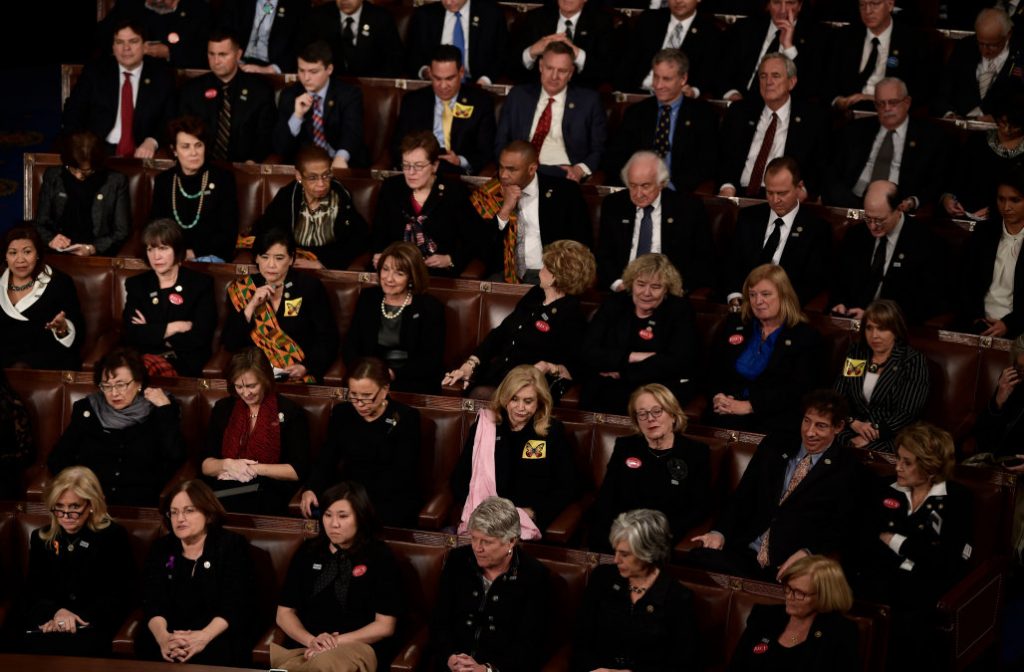The misogyny women face in their lives already is amplified when they enter politics. Here in the public eye, they are critiqued on a national stage and public opinion matters much more to their career success. Femininity must be performed to a much higher degree and these women are subject to a much wider audience of critiques. Furthermore, because many traditional ideals of femininity are at odds with the qualities found in successful politicians, female politicians find themselves at a difficult crossroads.
Female candidates face the challenge of politicized motherhood, which leads to voters wanting strong, rational politicians, not mothers, often seen as soft and sentimental, and who might neglect their children to pursue their political ambitions. These views, still deeply ingrained in American society, put mothers and childless female candidates alike in a political double bind.
The various forms of class-specific images that represent women of color reinforce negative stereotypes and racism that ultimately delegitimizes their political agency. From accusing women of identity politics to commodifying images of hypersexualization, the mass media reduces women politicians as people who are fundamentally unfit to hold office.
Moreover, A new form of the “welfare queen” has emerged in the 21st century that particularly targets women Socialist Democrats such as Ocasio-Cortez. The idea of promoting government-funded social programs for the working-class is responded by an intense scrutiny of consumer habits of the politician herself in order to point out contradictory claims.
In addition, women in politics face increased criticism and restrictions regarding their fashion choices and physical appearance. Appearance and dress is often cited and compared against normative images of femininity, and the criticisms female politicians receive show social ideals and the restrictive image of what female politicians are supposed to look like and what is appropriate for them to wear.
Because female politician’s appearance and clothing receives so much attention, this scrutiny, while usually negative, can be appropriated into positive messaging that uses this attention in an impactful and positive way. For example, Democratic Women all wore black to protest the 2018 state of the union and show support for #metoo.

Women in politics face a lot of criticism and negative public attention. However, in recent years, there have also been several positive media portrayals of female politicians.
In 2018, when these women were elected into office, there were two films released focusing on Ruth Bader Ginsberg, second female Justice to serve on the Supreme Court. RBG, one of these films, was named “Best Documentary Film of 2018” and has fueled her status as an icon, the “Notorious RBG“.
Even more recently, on May 1 of 2019, Netflix released a documentary, Knock Down the House. This film depicts the inspirational journeys of four determined women challenging “big-money” politicians in the 2018 race for Congress.
The positive trend in women and minorites’ representation in Congress mirrors the positive trend in their portrayal in the media. Misogyny is still present and pervasive, but is no longer the only or majority influence on representation of women in politics.